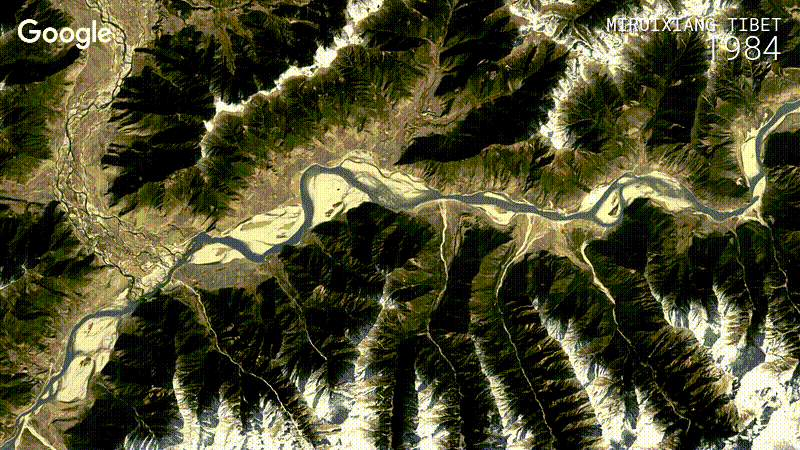Not a bad year overall and thanks to the readers of the blog.
A new team member, 3 peer reviewed journal papers accepted, awarded over €200k in funding, one project finished, one project approaching successful conclusion, a new project kicking off in Mar 2017, an ERC application submitted, multiple conference and workshop presentations, an MSc class graduated, 3 trade journal articles, an RPAS consumer guide and some big Copernicus news to be announced in the new year from Tim.
A new team member, 3 peer reviewed journal papers accepted, awarded over €200k in funding, one project finished, one project approaching successful conclusion, a new project kicking off in Mar 2017, an ERC application submitted, multiple conference and workshop presentations, an MSc class graduated, 3 trade journal articles, an RPAS consumer guide and some big Copernicus news to be announced in the new year from Tim.
Roll on 2017 and lets see if we can get even more done.







